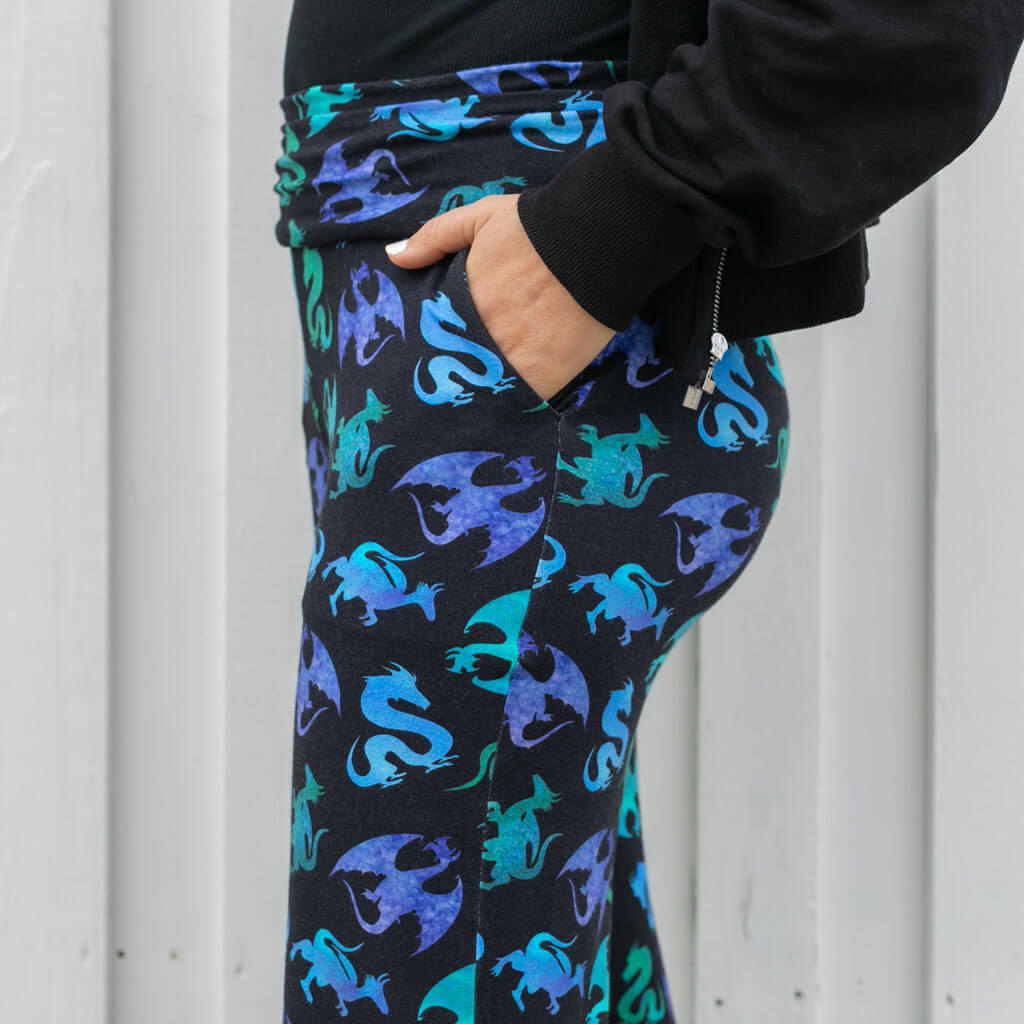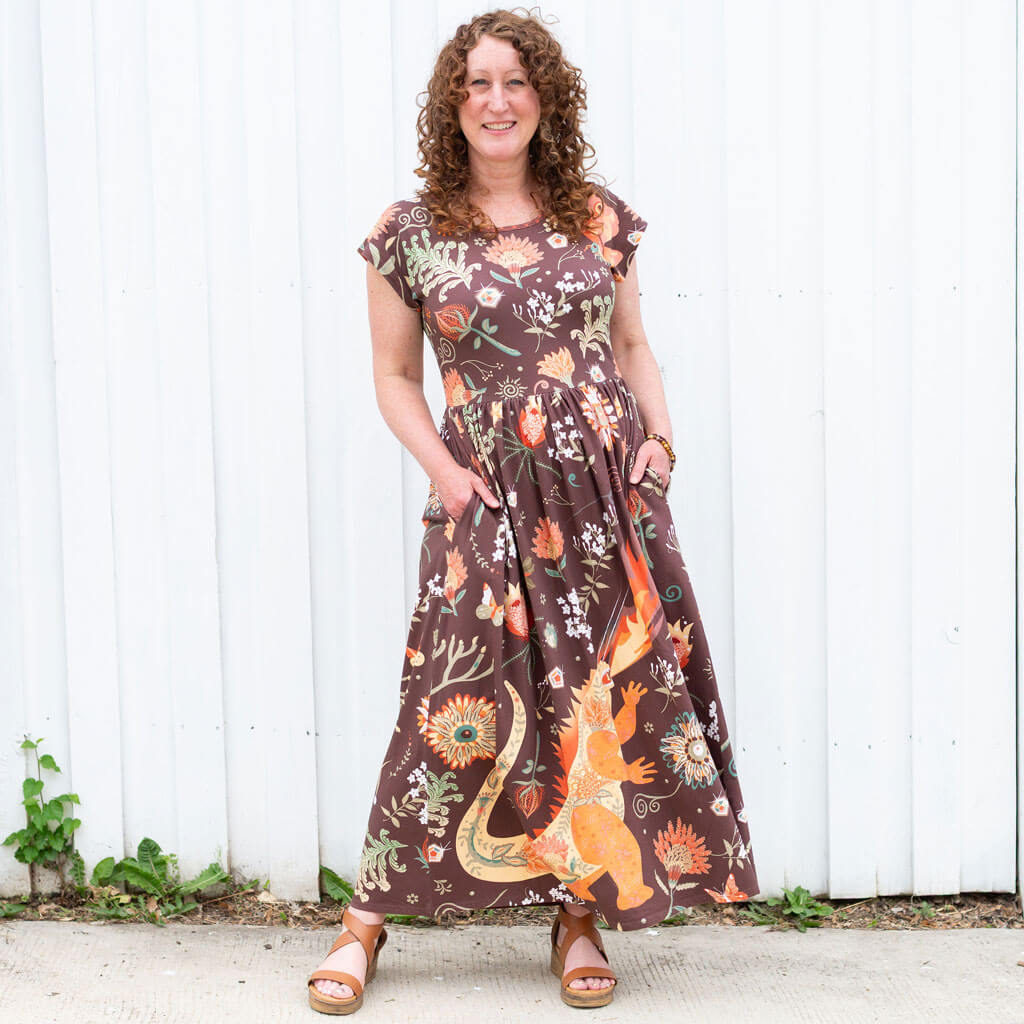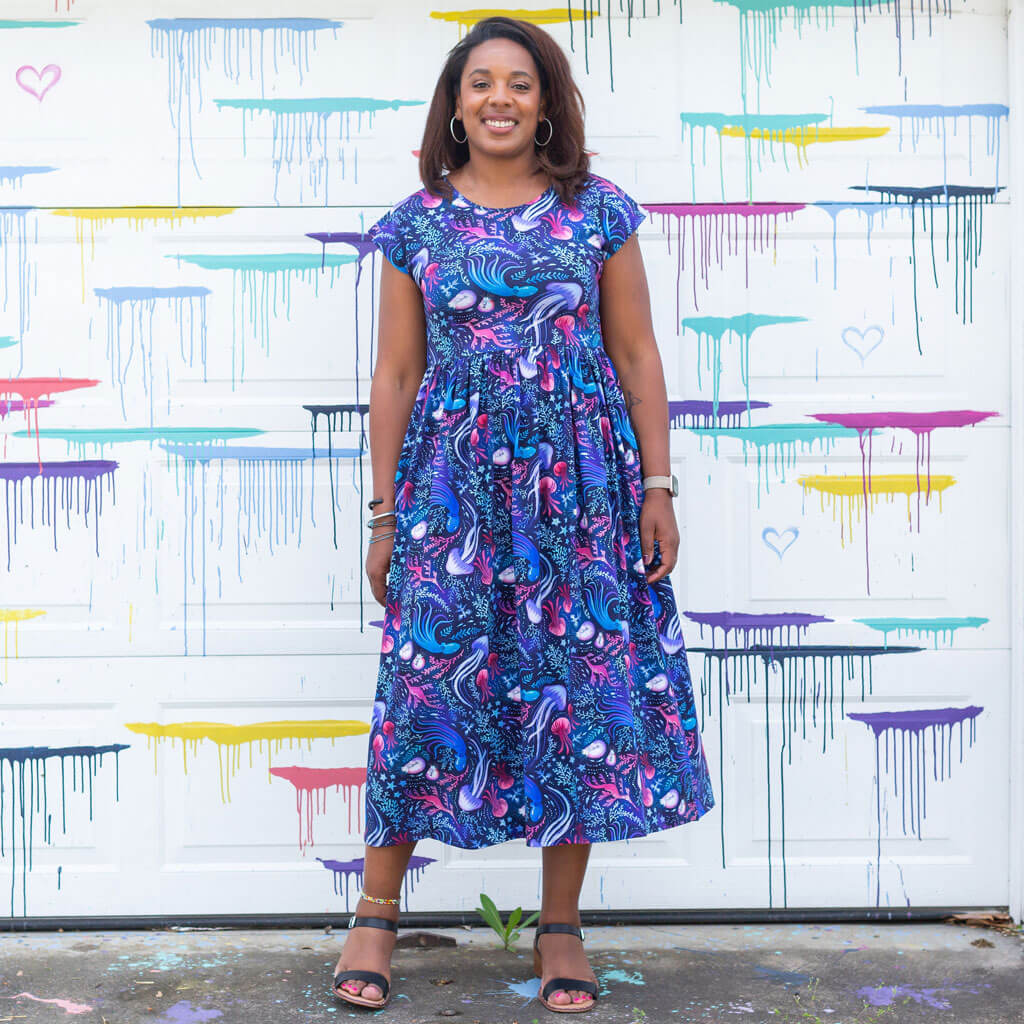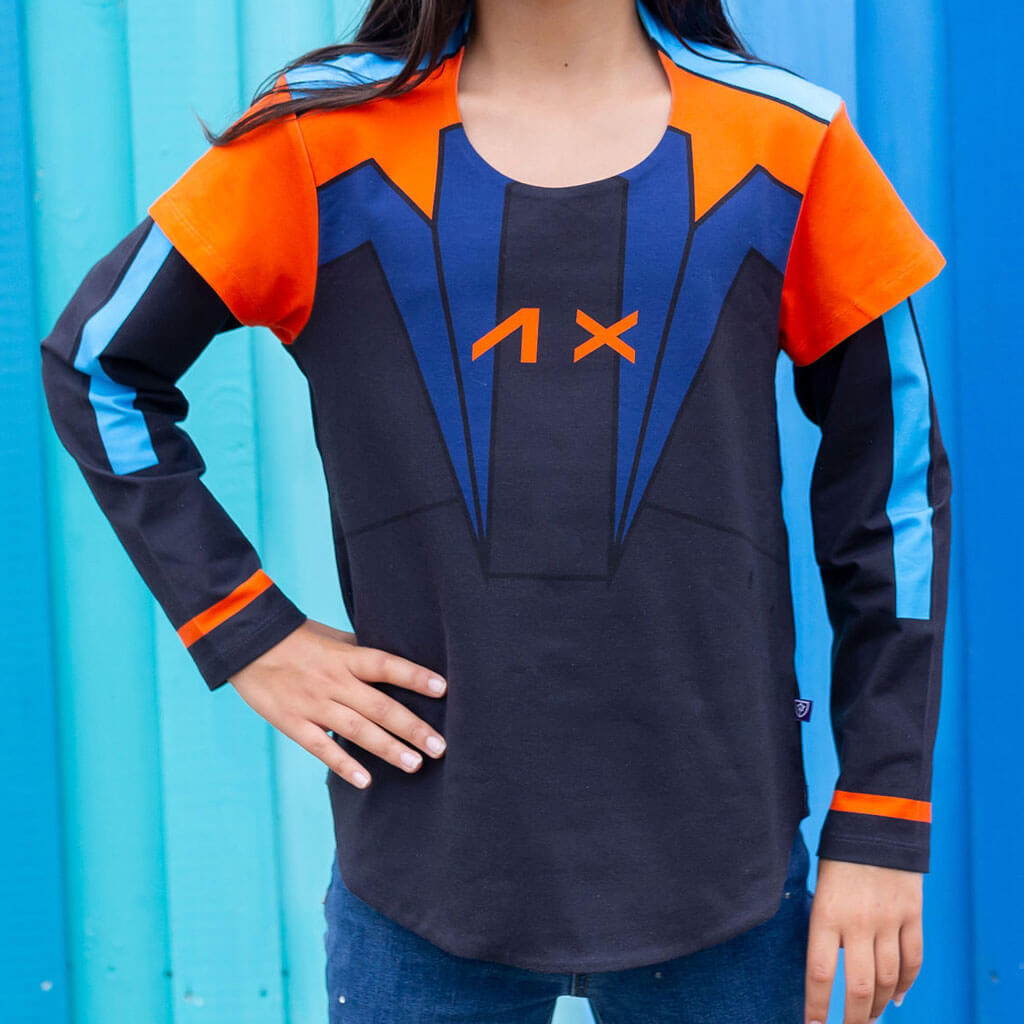Shop Now
New
Sale
Trump's Tariffs Are Really, Really Bad
April 03, 2025 6 min read 1 Comment
You can always count on Princess Awesome for some real talk, right?
Yesterday, President Trump announced a massive increase in tariffs on all countries across the world.This has massive implications for our little company (and the rest of the country and world, but we'll focus on us for now).
We want to take a moment and explain how tariffs work and what this means for us.
Let's start with a visual. Here's a customs bill we received in 2024.

Earlier today, I put this blog post up on Facebook.
Two of the first comments on the Facebook post asked these questions:
- “Why not use a US based company for these pieces?”
-“The tariffs are supposed to encourage businesses to bring their manufacturing back to the US. Did you do any research or cost comparisons to make these in the US? Are there even any places here that do this kind of mass sewing?
Honestly, I think these are fair questions! I think they deserve a real answer. So here goes.
We started our Adventures in Manufacturing Apparel 10 years ago in the United States. For a number of years, we only manufactured in the United States. Over the years we have branched out and now work with factories all over the world.
For now, though, let’s ignore all the reasons why making clothes in other countries was the right choice for us. Let’s say that Trump’s tariffs did encourage us to move all of our manufacturing back to the United States. Could we do that by April 9 which is 6 days from now? Um, no.
Production timelines at apparel factories are typically 80-120 days. We are in production - meaning we’ve already paid half of the invoice - for our late spring, summer, and fall lines. The factories have purchased fabric and begun work. These are products we are locked into buying, and it will now cost us 10% - 37% more to get them to our warehouse to sell to our customers than what we had budgeted for.
Additionally, getting all of the products we make abroad ready to make in a US factory would take a long time. To find adequate replacement fabric in the US and sample all the patterns and sizes before starting actual production, I estimate would take, at a minimum, 9 - 12 months. And, let me just tell you, it would not be cheap.
Furthermore, we will be competing with every other apparel company to get set up for production in the United States. There are not nearly enough factories here to supply that many companies. We are small and order in small quantities - factories, like everyone else, want big orders so they can keep their workers employed. It's hard to find factories willing to take on small orders.
Modern, industrial apparel manufacturing as it is done overseas is vastly different from how it is done in the United States. Overseas, the factory sources fabrics, printing, labels, and packaging, in addition to handling cut & sew (and press and package). The quoted price from overseas manufacturers includes all of these additional apparel requirements. In the United States, factories handle only cut & sew. We have to handle sourcing everything else. That means that the price we pay our US factory is not only higher, it does not include all the other pieces that we need - costs that add up quickly and increase the final, total cost of goods. Even when we add shipping from overseas, overseas manufacturers are significantly less expensive, usually by $10 per piece or more.
The United States is not on the cutting edge of apparel manufacturing. We do have some small producers who can do the kind of work done at scale overseas, but these manufacturers are extremely expensive. State-of-the-art apparel manufacturing at scale employs robotic and automated sewing machines. Even if we were able to open our own factory here, we would have to import this equipment, which is made in the countries where it is used. And then we would have to find someone who knows how to operate it - this is highly skilled, technical labor. The parts of the dresses sewn by humans also require experienced tailors; America does not have this labor force at hand. When we started this company, we tried to manufacture in America. Early in our business we reached a point where the consumer was not willing to pay for American supply chains, and in which the American supply chain could not fulfill the technical requirements of our garment designs.
So I guess what I’m trying to say is that if we could withstand the additional literal tens of thousands of dollars in Trump tariffs for products we are already in production for and if we could withstand the cost of moving all of our products to the United States, we would be lucky to still be standing and to try to make a real go of it with an entirely Made in the USA line.
In short, the way Trump has enacted these tariffs does not actually create an environment that fosters small businesses moving back to the US for production and manufacturing. Most of us would go out of business before that could happen.
If you’re interested, we have information about all the factories we work with on our website. You can read about them here.
Would you like to hear more of our Adventures in Manufacturing Apparel journey and why branching out to other countries was the right move for us? I think I’ll probably write it up one way or another. Stay tuned. :)
1 Response
Leave a comment
Comments will be approved before showing up.
Subscribe
Sign up to get the latest on sales, new releases and more …







Lindsey
April 28, 2025
Our kids have been wearing your clothes for 8 years now. We’ve shared our love of your products with friends and family by singing your praises and gifting them your products. We would hate to see Princess Awesome disappear. I’ve already left multiple messages with our Congress people. Is there anything else we can do to help you and the other small businesses we love make it through this?